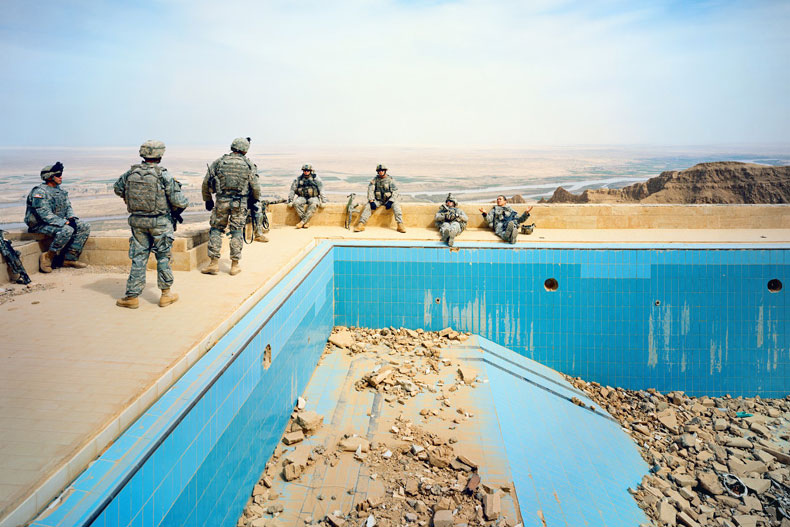The returned

Originally conceived for Artspace in Sydney by the then-curator Mark Feary, On Return and What Remains coincided with the announcement of the withdrawal of Australian and allied forces from Afghanistan and the 100-year anniversary of the beginning of WWI. The exhibition, which focuses on troops returning home from war, is having another run at the Contemporary Art Centre of South Australia (CACSA), timed to coincide with the centenary of Gallipoli (it opened on Anzac Day eve). “It isn’t really about the war itself but about how we as a society return troops or how we welcome those troops back,” Feary says. “What is the impact on those troops individually rather than this collective mass?” The exhibition seeks to question the political mythologising of the Anzac campaign at a time when we are observing 100 years since the events of Gallipoli. “I hope that it helps audiences break down the incessant mythologising of the Anzac campaign,” Feary says. “They might be able to disassociate the exaltation of these troops and their heroism and be able to think about the actual challenges and traumas faced by troops 100 years ago and also those returning to this day.” The exhibition includes artists such as Harun Farocki, whose work Serious Games III Immersion is a double channel video work looking at the way military technology is used. Simulators are used to train American troops in preparation for serving in actual combat, and, more recently, the same simulators have been used by psychologists to help soldiers who are suffering Post Traumatic Stress Disorder (PTSD). “It’s an exceptionally harrowing work, a work that in many ways really pin points the wide spectrum trauma these troops experience when they return home,” Feary says. While the main focus of the exhibition is recent conflicts in the Middle East, Afghanistan and Iraq, it also emphasises that trauma, such as PTSD, isn’t a recent phenomenon. For example, Bonita Ely’s work deals with her upbringing in regional NSW with a father who served in WWII. The work Watchtower is a sculpture made from her parents’ bed and the cot she used to sleep in as a child. “Her works are about that domesticity and the transference of that trauma throughout the family. How that might be passed on from generation to generation.” From a historical perspective, it is interesting to look at what it was like for soldiers, like Ely’s father, returning from WWII when there were no official support structures for them. The support groups established were focused more on troops supporting other troops collectively. “I was very interested in how you return individuals back into normal life. The challenges and the tensions they face on that return home,” Feary says. The exhibition looks at the immediate impact of war in the form of PTSD as well as the long-term impact on families when soldiers return and try to assimilate into normal life. Feary: “Rather than building monuments and statues, by inflating a political notion of heroism perhaps the audience might be able to look at or think about ways that we as a society can do more to support these troops as they return home.” On Return and What Remains CACSA Continues until Sunday, May 24 cacsa.org.au